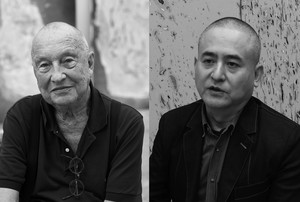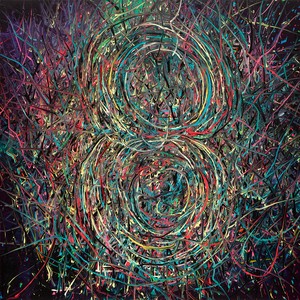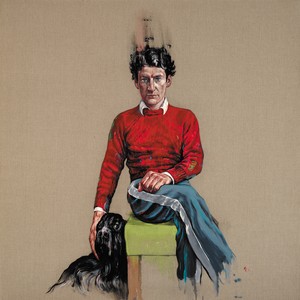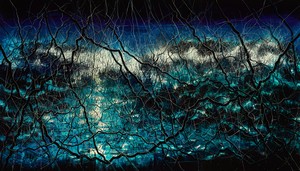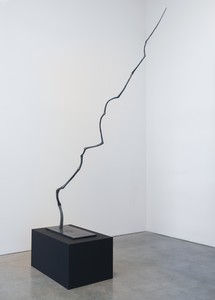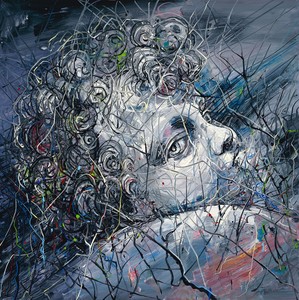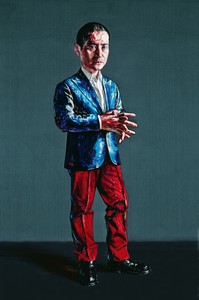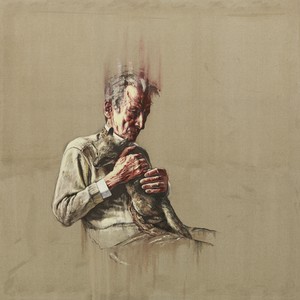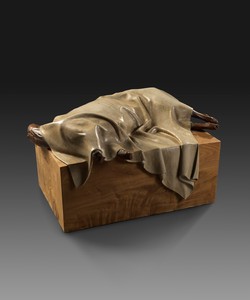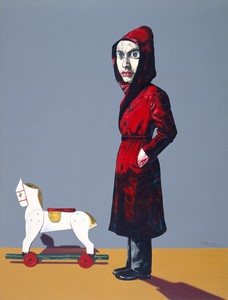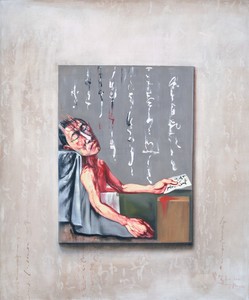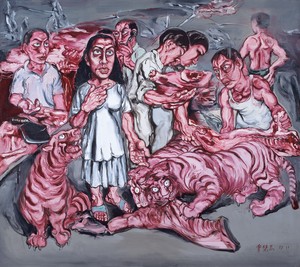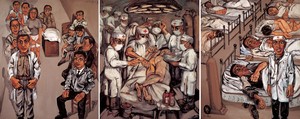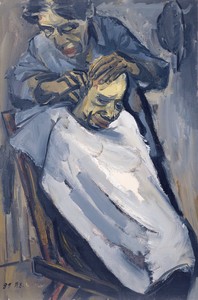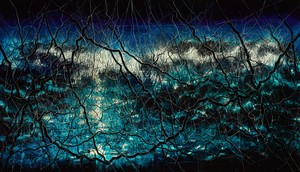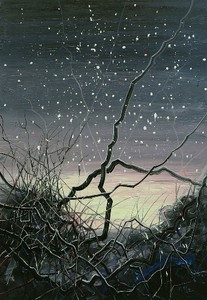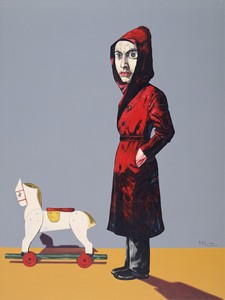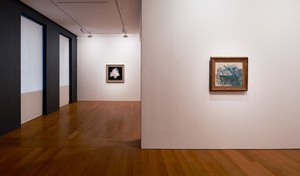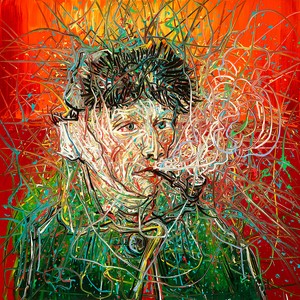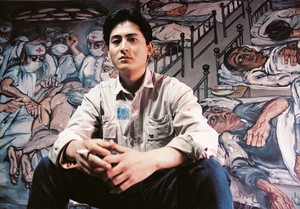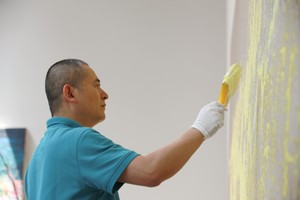Zeng Fanzhi’s visually and historically complex paintings reflect his bold experimentation with, and fusion of, Eastern and Western artistic traditions.
Born and raised in Wuhan, China, Zeng graduated from the Hubei Institute of Fine Arts, Wuhan, in 1991. From the nineteenth century until the 1990s, Wuhan was one of China’s most prosperous cities and witness to a collision of Western and Eastern cultures. During his youth Zeng was inspired by China’s ’85 New Wave movement, which saw artists search for a new, often more conceptual, language after the Cultural Revolution of the 1960s and 1970s. Zeng closely followed and studied Western art and was particularly drawn to German Expressionism and French Romanticism, through which he observed the ways in which his predecessors processed and visualized their experiences during times of extreme societal flux. He was especially drawn to the bold expressive gestures of Max Beckmann, as well as artists such as Willem de Kooning and Edvard Munch. These influences led him to deviate from the Social Realism that he was taught in school. Instead, he keenly observed objects and images from daily life. His Hospital (1991–92) and Meat (1992–94) paintings are examples of this turn. In these visceral works, he painted the skin of his subjects a pinkish color resembling slaughtered meat, demonstrating his concern and compassion for human existence and fragility.
In 1993 Zeng relocated to Beijing, where the unfamiliar environment left him feeling isolated. During this time he became keenly aware of the people he encountered, from all walks of life, who were living through a period of rapid modernization. This awareness led to the creation of his Mask works (1994–2004), a series that preserved the large, vacant eyes and thick, clumsy hands of the subjects seen in prior paintings and introduced greater distance between the figures, creating a sense of alienation. The masks in these works obscure and divert from the subjects’ feelings and hint at Zeng’s apprehension toward and rejection of society’s accelerated, systematic development. These works not only provide a record of this period of profound social transformation, but also offer a glimpse of the collective memory of this era.
